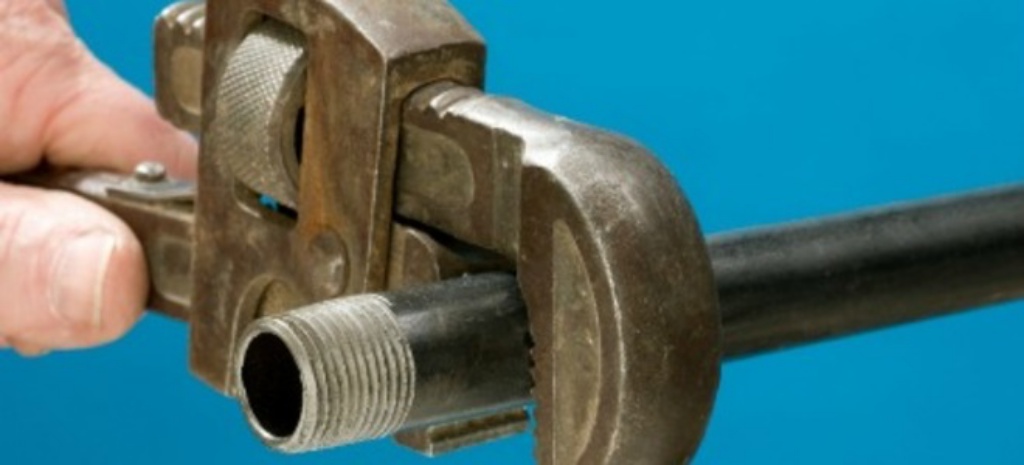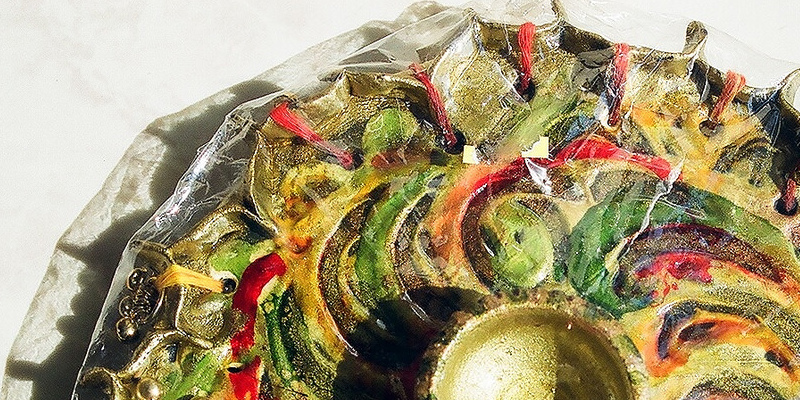How to Install Steel Pipe Yourself
One of the plumbers tasks that you may need to do yourself is the installation of steel pipe. If you’ve an old home, then there’s a good chance that your galvanized pipe systems need to be extended at some point.
The newer water supply lines are often made from plastic or copper, however, if you need to repair or perhaps extend your galvanized pipe, it may be worth it to use similar materials. Working with steel is not really that difficult, especially if you follow the steps below.
Here are a few steps on how you can install the steel pipe by yourself.
Tap Into Line
First of all, turn off the water line. Tap to the middle of the waterline when there’s no union fitting nearby. Cut through the pipe using a reciprocating saw with a cutting blade made of metal. You can also use a hacksaw for this plumbing service work. Next, unscrew the pipe in both sides of the cut portion.
Wrap Threads
Before you thread a pipe to a fitting, cover the threads with numerous windings of the pipe-thread tape. While the end of the pipe is facing at you, wrap the pipe clockwise. Otherwise, brush the pipe joint compound into the thread of the end of the pipe and in the inside of the fitting.
Tighten Pipes
Twist the pipe or fitting using your hand. If it won’t turn easily, then this could mean that the joint isn’t straight and that the threads are crossed. So go back up and do the process again. Tighten the pipe or fitting firmly with the use of a 14-inch pipe wrench. You might need to use a second wrench in order to secure the adjacent piece on steady.
Prep for Final Section
As soon as the tee fitting of the new line has been installed, attach a nipple and then slip on the nut for the combination, making sure that the threads are in the joint. Apply the tape and then install half of the combination. Set the second half in place and then take measurements for the final section of the steel pipe.
Attach the Final Piece
Next, attach the second half of the combination to the final piece of the steel and install. It’s important that both halves are lined up well so they can be set against each other. Slide the nut up and tighten with your hand. Afterward, tighten the nut completely using a pipe wrench in order to complete the attachment.
How to Install a Dielectric Fitting
Another plumbing repair work that you may also need to learn is how to install a dielectric union. To do this, screw the threaded part into the steel pipe. Before sweating out the brass fitting of the copper pipe, slowly slip the nut and sleeve and then push them far from the heat that the torch produces. As soon as the fitting has been sweated and starts to cool off, join the two parts together. Use groove-joint pliers to tighten the nut.

